What Is an Ottoman? Definition, Types, and How to Use It in Your Home

You’ve probably seen them in living rooms, at the foot of a bed, or even in stylish hotel lobbies—but what exactly is an ottoman, and why is it such a versatile piece of furniture?
What Is an Ottoman?
An ottoman is a low, upholstered piece of furniture often used as a footrest, seat, or coffee table alternative. Traditionally, ottomans were armless and backless, designed for resting the feet, but modern styles have evolved into multifunctional pieces that combine comfort with storage and style.
Origins and History of the Ottoman
The term "ottoman" originates from the Ottoman Empire, where the piece of furniture first gained prominence in the late 18th century. In its earliest form, the ottoman was a central piece of residential seating—typically a low, cushioned platform that ran along the walls of a room and was large enough to accommodate several people at once. These ottomans were not only functional but also signified hospitality and luxury within Ottoman homes.
As the influence of the Ottoman Empire spread, European travelers and diplomats began to take notice of this unique piece of furniture. By the 19th century, the ottoman had made its way into Western Europe, particularly France and England, where it was adapted into more compact and decorative forms suitable for Victorian parlors and drawing rooms. The name "ottoman" itself was retained to evoke a sense of exotic luxury. Over time, it became an essential element of interior design, appreciated for both its elegance and practicality.
The rise of interior comfort in modern Western homes further boosted its popularity. With the growth of small-space living and multifunctional furniture trends, ottomans have become a staple in homes around the world—particularly favored for their ability to blend aesthetics with utility.
Common Uses of Ottomans
Footrest: Their most classic use, offering extra comfort with sofas and chairs.
Extra Seating: Perfect for guests or small spaces.
Coffee Table Substitute: Flat, firm ottomans can hold trays for drinks, books, or decor.
Storage Solution: Many ottomans now feature hidden compartments, ideal for blankets, remotes, or magazines.
Types of Ottomans
Storage Ottoman: Opens to reveal internal storage space.
Cocktail Ottoman: Larger and more table-like, often placed in front of a sofa.
Pouf: A soft, round, and often smaller ottoman without legs or storage.
Sleeper Ottoman: Converts into a small bed, ideal for guests.
Glider Ottoman: Often paired with nursery chairs, moves in tandem with a glider chair.
Materials and Styles
Ottomans come in a wide range of materials, including:
Leather: Durable, elegant, and easy to clean.
Fabric: Cozy and available in various textures and colors.
Velvet: Adds a touch of luxury.
Linen: Lightweight and breathable, with a casual vibe.
Style-wise, you’ll find ottomans in:
Modern/Minimalist styles with clean lines and metal frames
Traditional tufted designs with wooden legs
Bohemian poufs with vibrant patterns and textures
Buying Guide: What to Consider Before Buying an Ottoman
Choosing the right ottoman depends on how you plan to use it and the space you’re furnishing. Ask yourself these key questions before making a decision:
1. What will you use it for?
Footrest? A small, soft ottoman works best—ideally one that matches the height of your sofa or chair.
Extra seating? Look for a firm, structured model with enough support. For example, a square upholstered ottoman from HULALA HOME can double as casual guest seating.
Coffee table alternative? Choose a flat-top, firm-surfaced piece—especially those wide enough to fit a tray for drinks or books.
Need extra storage? Go for a lift-top or hinged ottoman. HULALA HOME’s storage ottoman bench is a great choice to hide away throws, toys, or magazines without sacrificing style.
2. How much space do you have?
Measure your available space. Ottomans can look bulky if they’re too large for the room. In smaller spaces, consider a compact round ottoman or pouf.
3. What shape fits your layout?
Square/Rectangular: Offers structure and pairs well with sofas or beds.
Round/Oval: Creates softer flow in tighter rooms or play areas.
4. Which material fits your lifestyle?
Kids or pets? Faux leather or performance fabrics are durable and easy to clean.
Want a luxe touch? Go for velvet or tufted linen—HULALA HOME’s velvet ottomans add richness in both color and texture.
5. What’s your home style?
Match your ottoman with the rest of your decor:
Modern: Sleek lines and minimal tones.
Boho: Patterns, textures, and soft shapes.
Classic: Tufted details and wooden legs.
6. Need it to move easily?
If you’ll be moving it around, look for lightweight designs or hidden casters.
Some models even have reversible tops—flip from cushion to tray in seconds.
7. What’s your budget?
Ottomans range from under $100 to designer-level prices. Prioritize quality—solid frames, comfortable foam, and durable covers go a long way.
HULALA HOME offers plenty of mid-range options that feel premium without the steep price tag.
FAQs
Is an ottoman a seat? Yes, many ottomans are sturdy and large enough to be used as occasional seating.
Can I use an ottoman as a coffee table? Absolutely. Many cocktail ottomans are designed specifically for this purpose.
What’s the difference between an ottoman and a pouf? Ottomans are typically structured and may include storage, while poufs are soft, unstructured, and more decorative.
Final Thoughts
An ottoman is much more than just a footrest—it’s a multifunctional, stylish piece of furniture that can elevate any room. Whether you're after storage, comfort, or a decor upgrade, there's an ottoman for every need and style.
Explore different types and find the perfect match for your home.







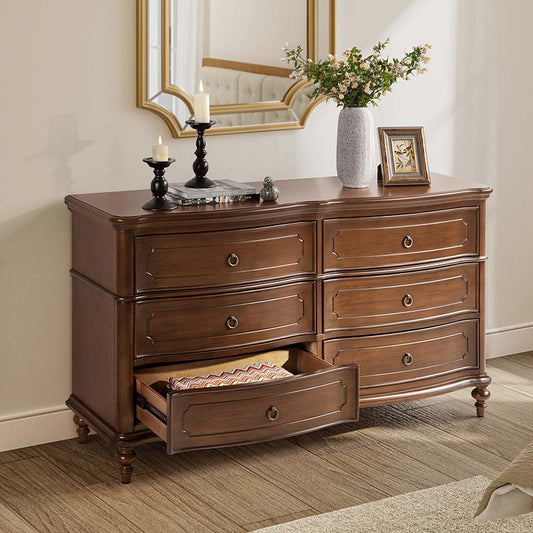
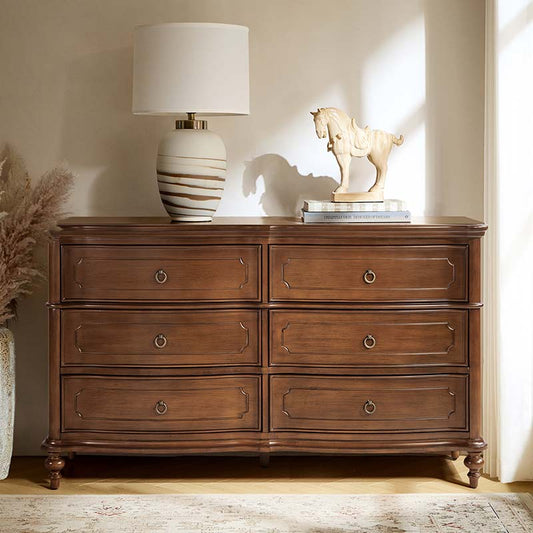
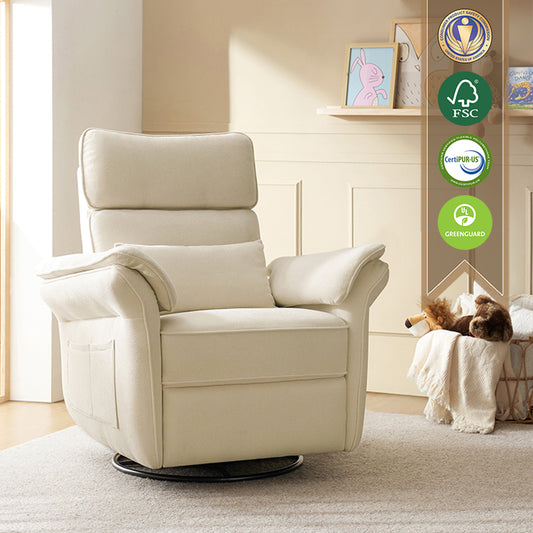
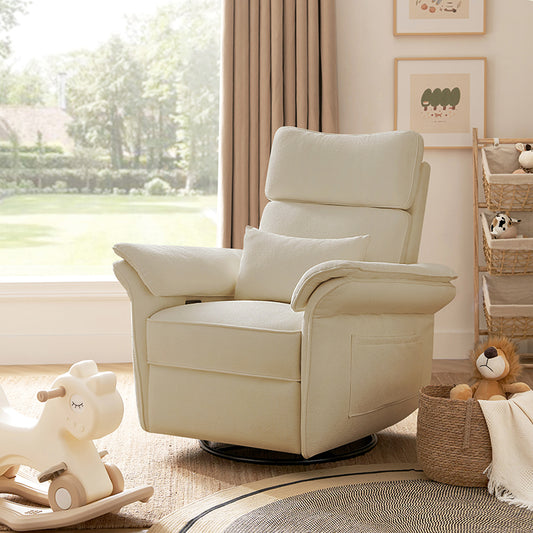








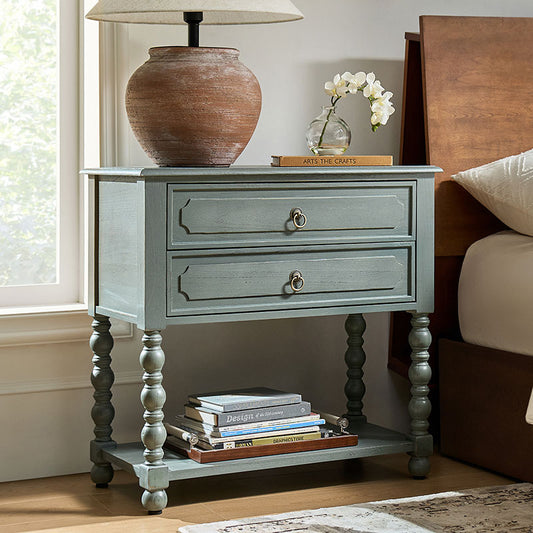
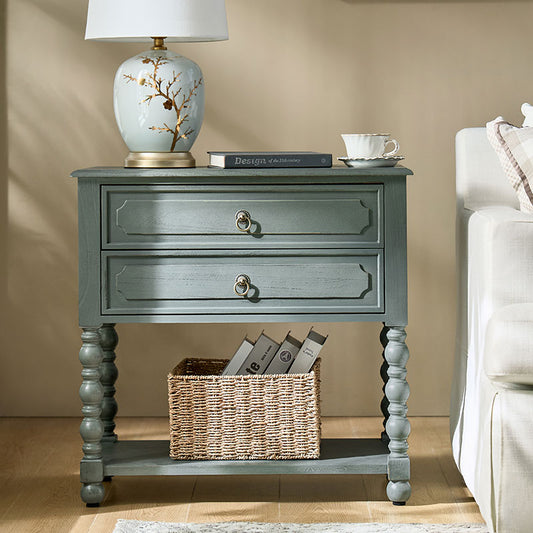









No comments